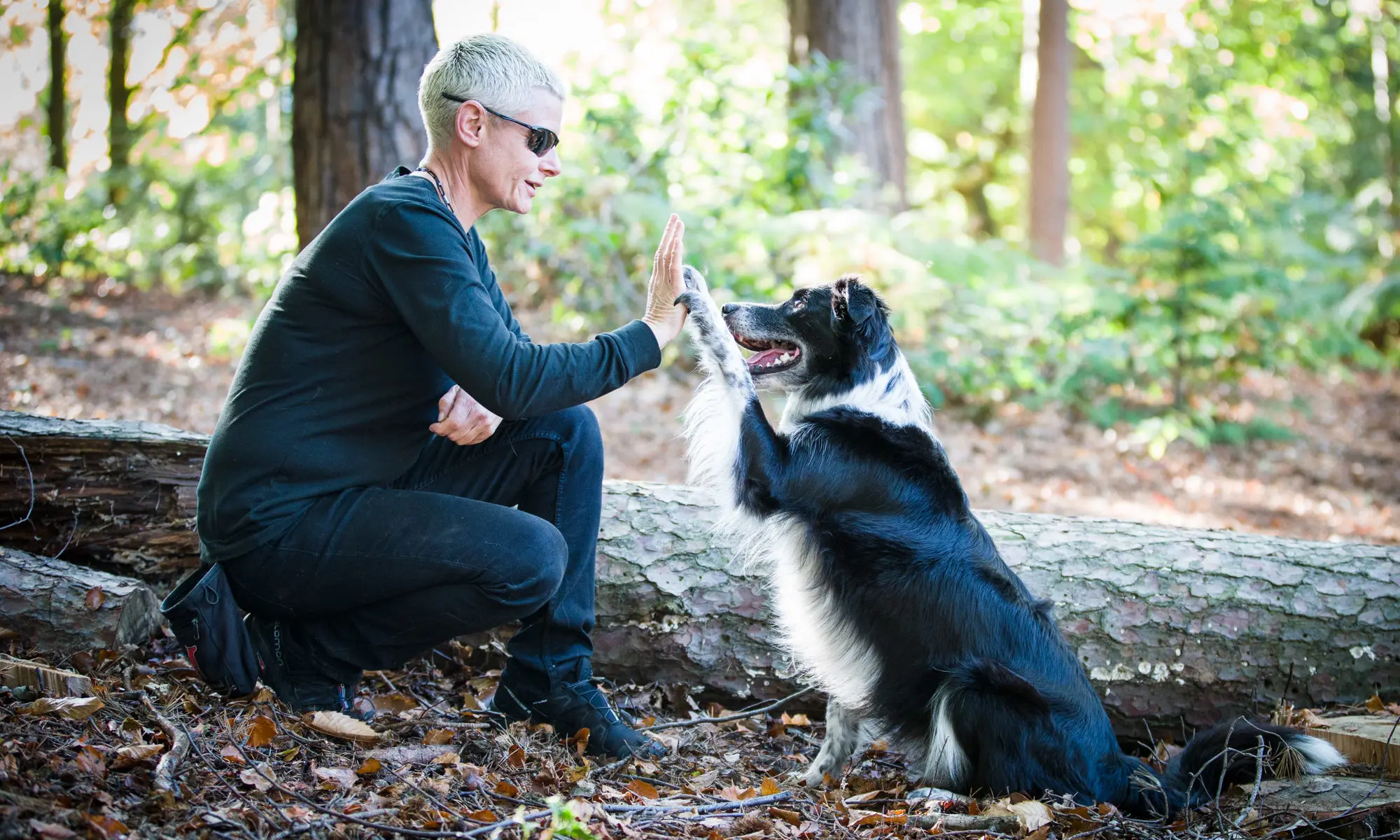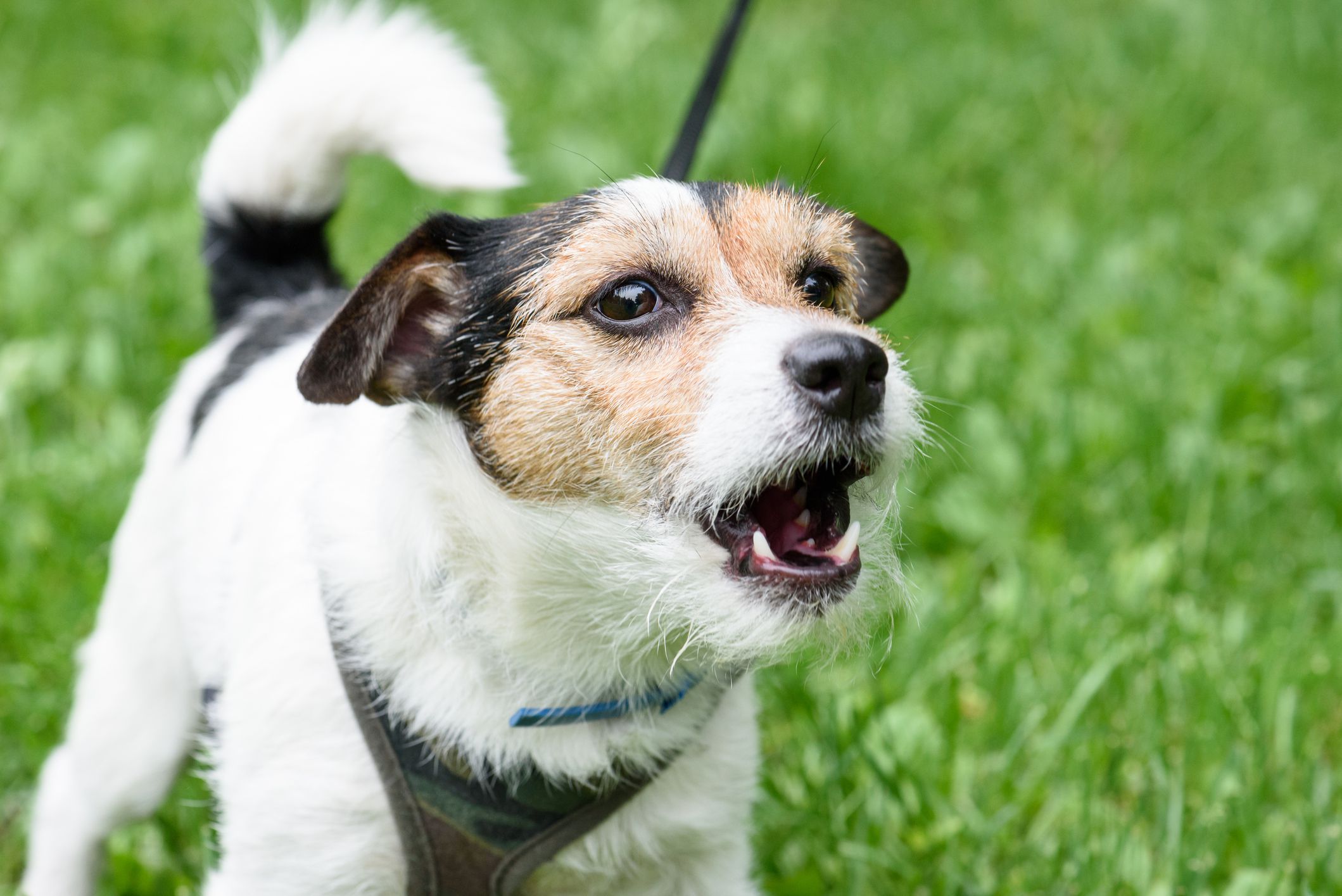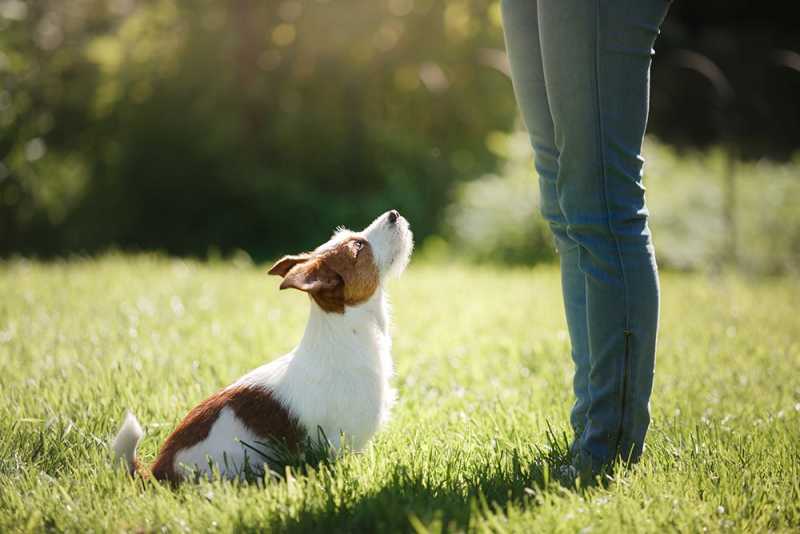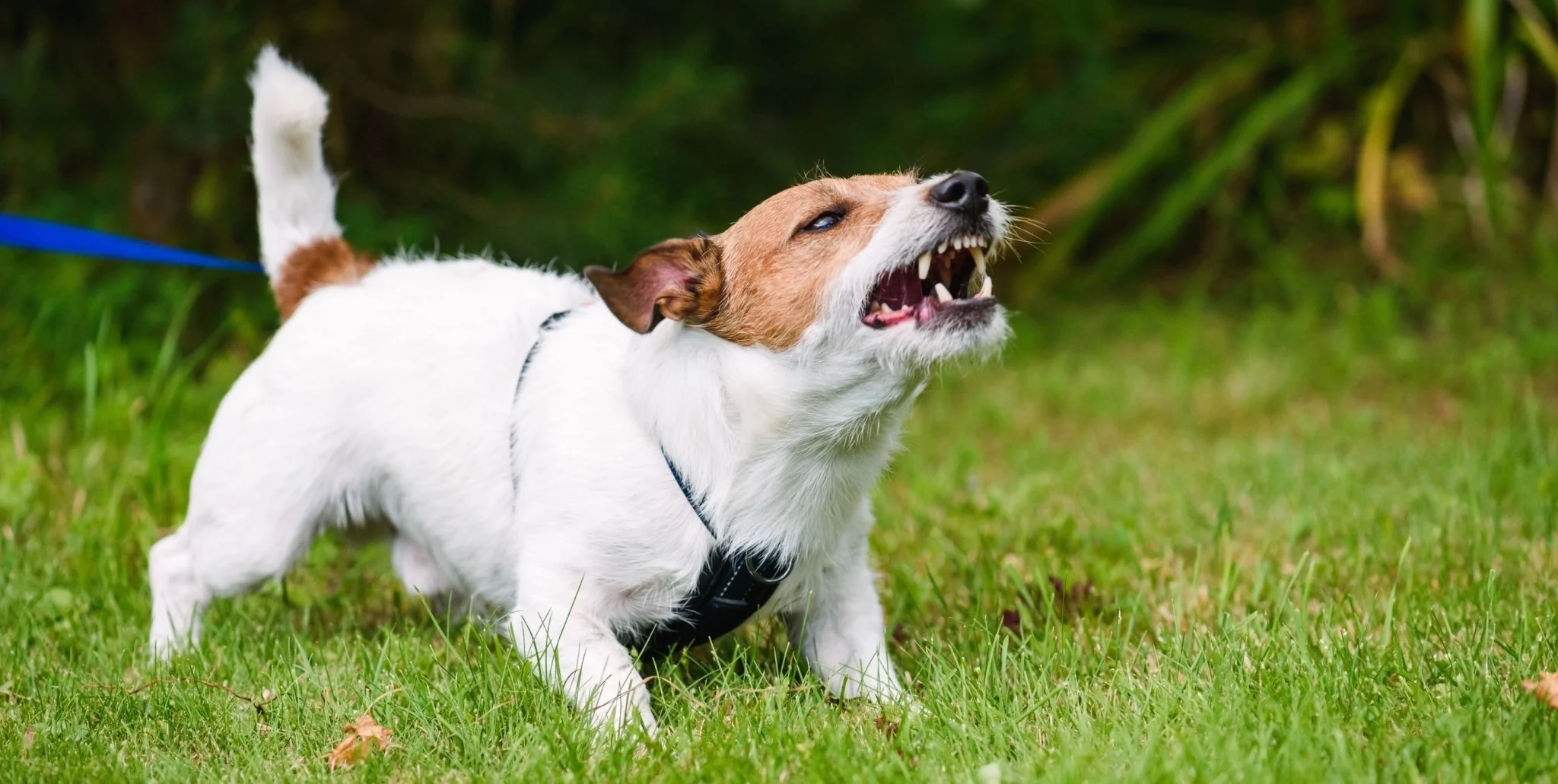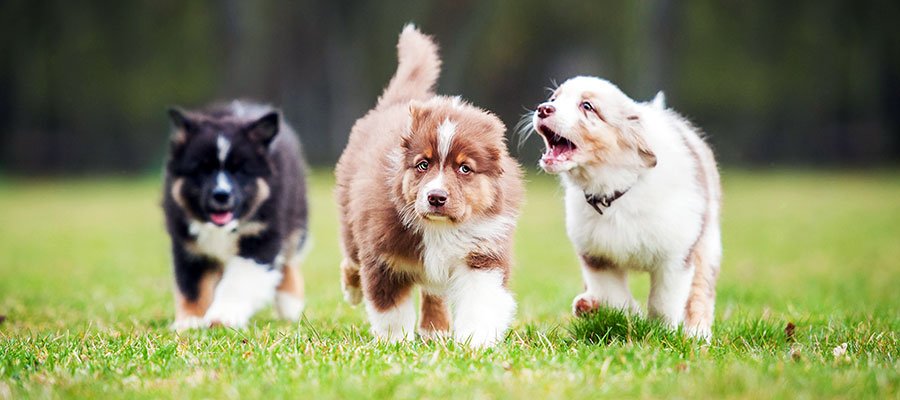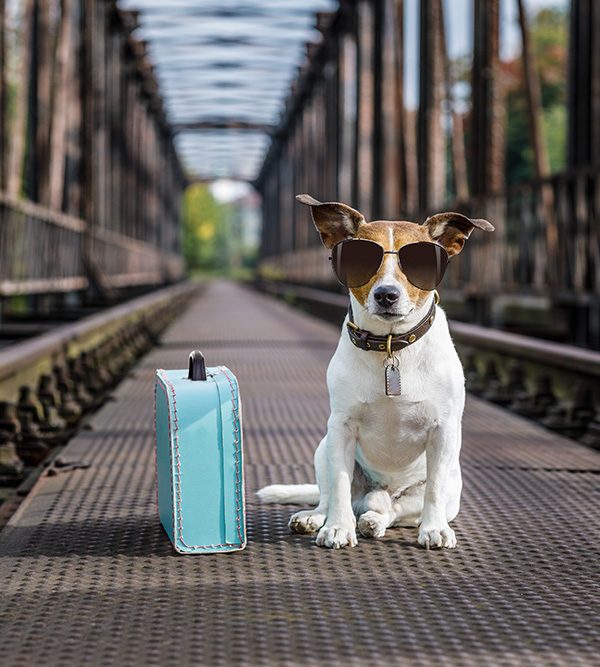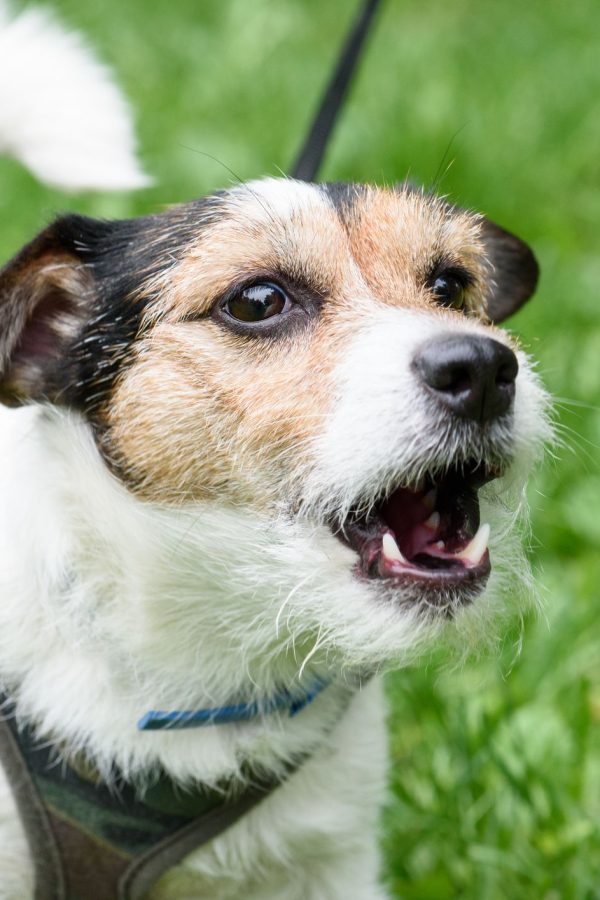Explore the fundamental commands every dog should know and learn how to effectively train your furry companion with our obedience training tips.
Basic Obedience Training for Dogs
Obedience training is an essential part of owning a dog. It helps to ensure that your dog is well-behaved and under your control, which can make your life much easier and more enjoyable. There are many different commands that you can teach your dog, but some of the most important ones include:
Key Commands Every Dog Should Know
- Sit. This is a basic command that all dogs should know. It is useful for keeping your dog calm and under control, and it can also be used to prevent your dog from jumping up on people.
- Down. This command is similar to sit, but it tells your dog to lie down on the ground. This is a useful command for keeping your dog out of the way, and it can also be used to calm your dog down if it is feeling anxious or excited.
- Stay. This command tells your dog to remain in one place until you release it. It is a very useful command for keeping your dog safe, and it can also be used to teach your dog to wait its turn.
- Come. This is one of the most important commands that you can teach your dog. It is essential for being able to recall your dog if it gets loose or runs away.
- Leave it. This command tells your dog to ignore something that it wants to eat or chew. It is a very useful command for preventing your dog from getting into trouble, and it can also be used to teach your dog to be polite around food.
- Heel: This command is helpful for keeping your dog close to you when you are walking or for preventing them from pulling on the leash. To teach your dog to heel, start by having them sit next to you. Hold a treat in your hand and take a few steps forward. If your dog stays next to you, say “heel” and give them the treat. Gradually increase the distance you walk before giving your dog the treat.
- Off: This command is helpful for preventing your dog from chewing on things they shouldn’t. To teach your dog to off, start by having them sit. Then, hold a treat in your hand and place it on an object that your dog is chewing on. As they take the treat off the object, say “off” and give them the treat. Gradually increase the difficulty of the objects that your dog is chewing on.
- No: This command is helpful for preventing your dog from engaging in unwanted behaviors. To teach your dog to no, start by saying “no” in a firm voice when they are doing something you don’t want them to do. If they stop, praise them. If they don’t stop, distract them with something else.
These are just a few of the most basic and important dog commands. With consistent training, your dog can learn to obey these commands and become a well-behaved member of your family.
Tips
Here are some additional tips for teaching your dog commands:
- Use positive reinforcement. This means rewarding your dog with treats, praise, or attention when they obey a command.
- Be consistent. Use the same command every time and be sure to reward your dog consistently.
- Break the command down into smaller steps. This will make it easier for your dog to learn.
- Be patient. It takes time and patience to teach your dog commands.
With consistent training and patience, you can teach your dog to obey basic commands and become a well-behaved member of your family.
In addition to these basic commands, there are many other commands that you can teach your dog. Some of these commands are more advanced, but they can be very useful for making your life with your dog even easier. For example, you could teach your dog to walk on a loose leash, to heel, or to perform tricks.
The best way to train your dog is to use positive reinforcement. This means rewarding your dog with treats or praise when it does something correctly. It is important to be patient and consistent with your training and to never punish your dog for not understanding a command.
With a little patience and effort, you can teach your dog all of the basic obedience commands. This will make your life with your dog much more enjoyable, and it will also help to keep your dog safe.
Tips for basic training
Here are some tips for basic obedience training:
- Start training when your dog is a puppy. Puppies are more eager to learn, and they are easier to train than older dogs.
- Use positive reinforcement. This means rewarding your dog with treats or praise when it does something correctly.
- Be patient and consistent. It takes time and patience to train a dog. Don’t get discouraged if your dog doesn’t learn a command right away. Just keep practicing.
- Make training fun. Training should be a positive experience for both you and your dog. If your dog is having fun, it will be more likely to want to learn.
Resources for basic training
Here are some resources that can help you with basic obedience training:
- The American Kennel Club (AKC) offers a variety of resources for dog owners, including information on basic obedience training.
- The Humane Society of the United States also offers information on basic obedience training.
- There are many books and online resources available that can teach you how to train your dog.
With a little effort, you can teach your dog all of the basic obedience commands. This will make your life with your dog much more enjoyable, and it will also help to keep your dog safe.

